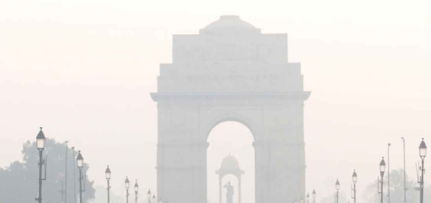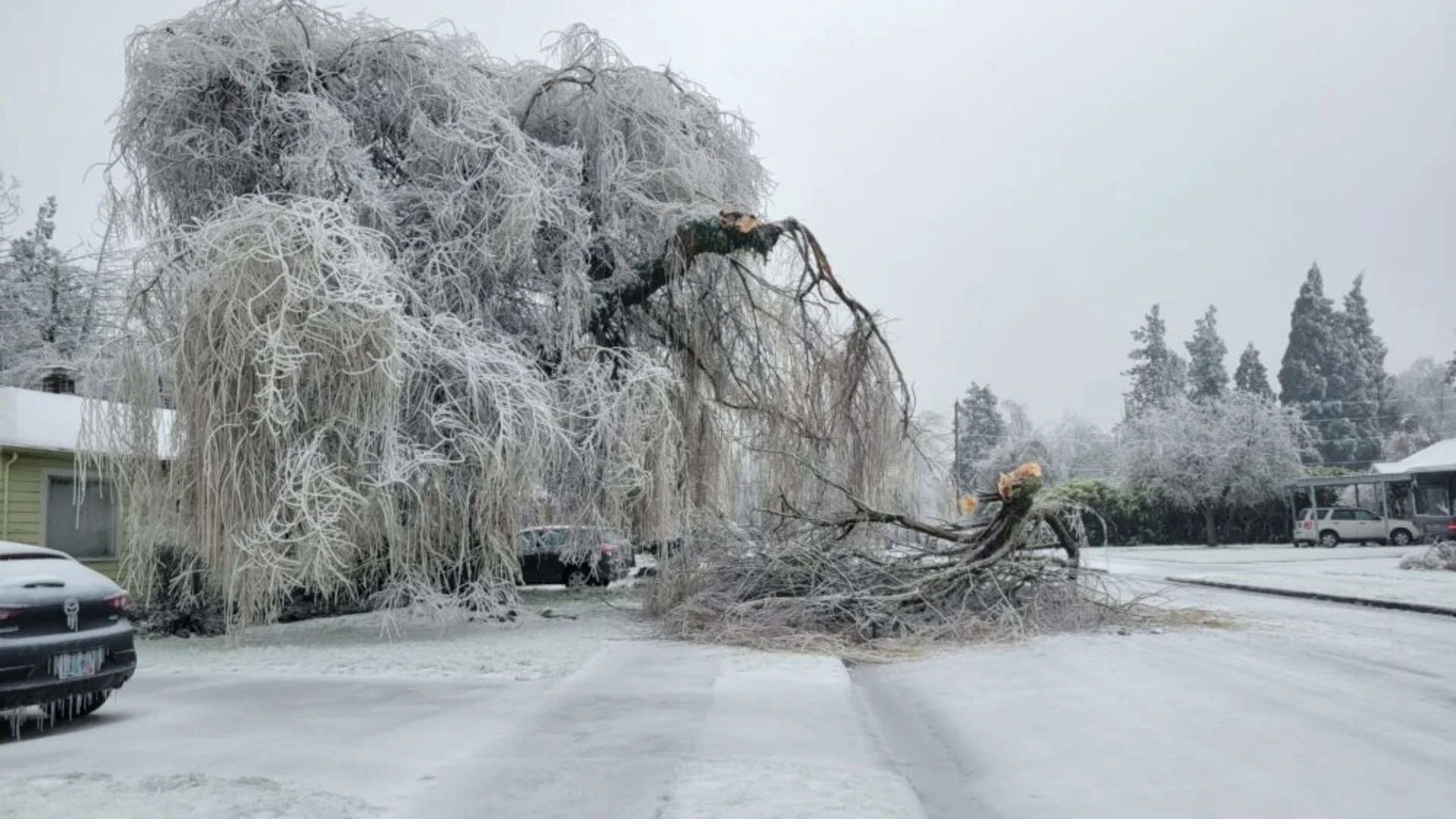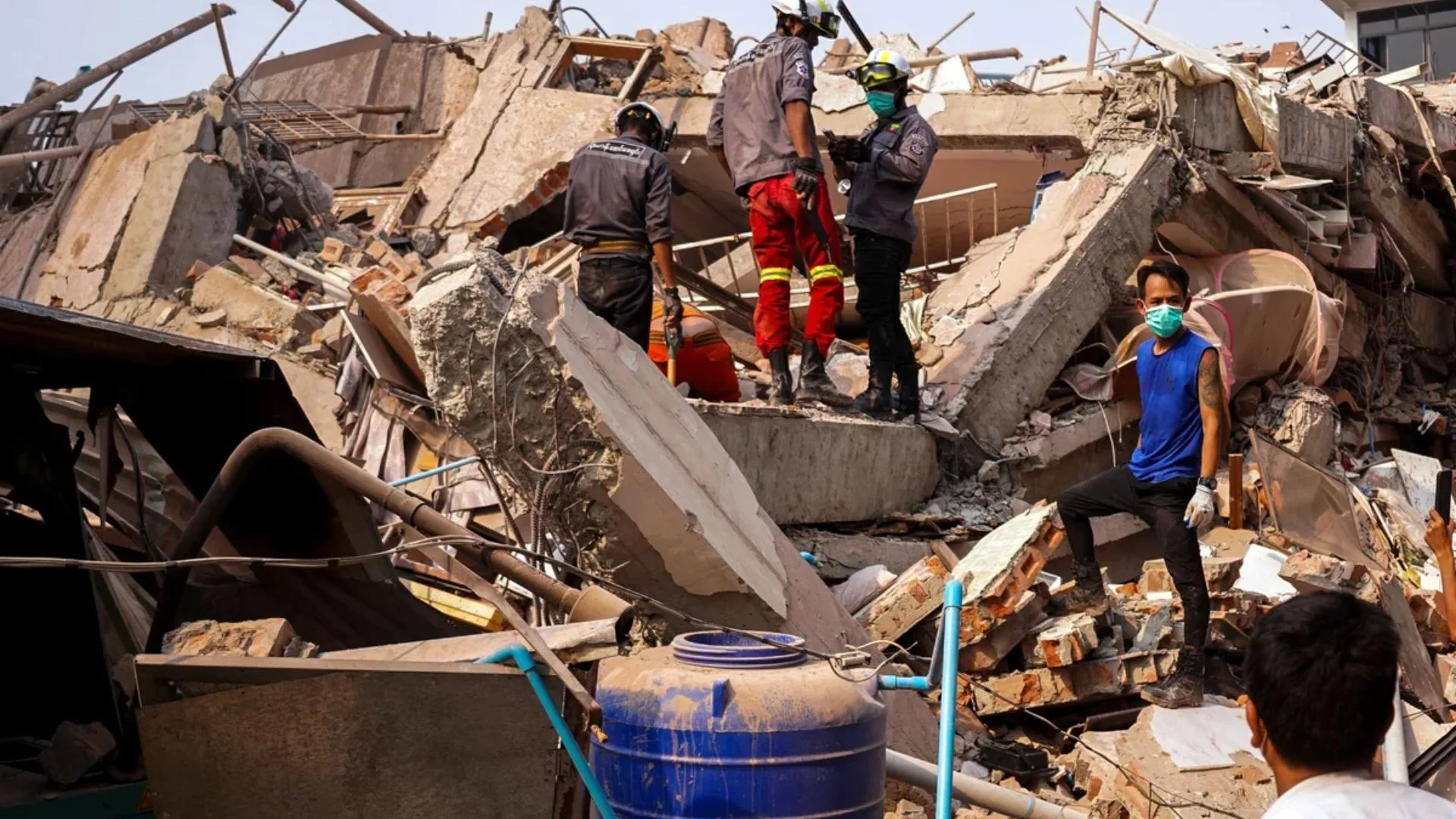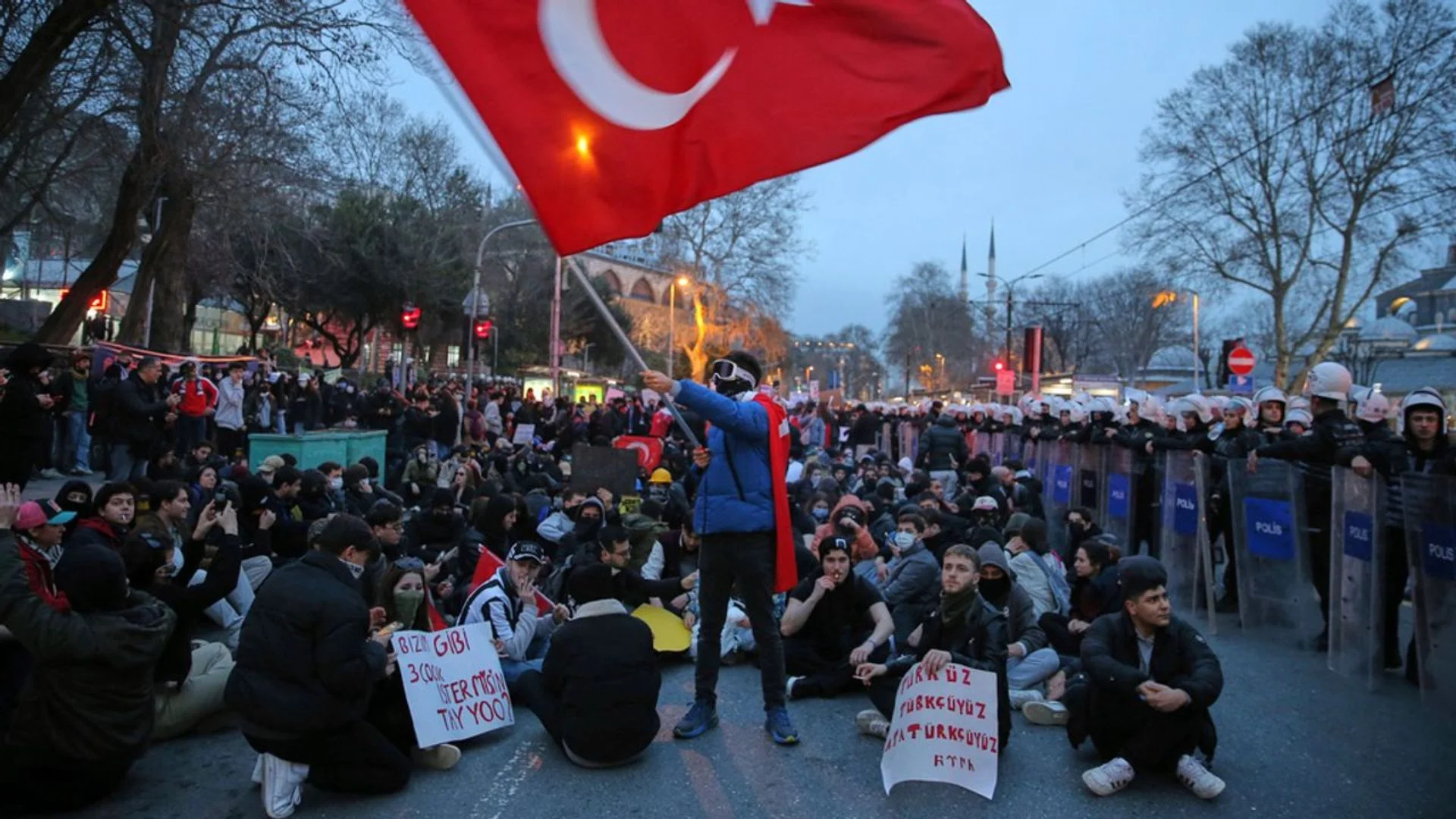New Delhi continues to grapple with a dire environmental crisis as thick blankets of smog cloak parts of the city, leading to ‘severe’ air quality conditions, as reported by the Central Pollution Control Board (CPCB) on Tuesday.
Data released by the CPCB reveals alarming Air Quality Index (AQI) levels in various city areas. Anand Vihar recorded an AQI of 440, while Narela registered 388, Punjabi Bagh 434, RK Puram 431, and Shadipur 408—all falling within the ‘severe category zone.’ Similarly, Jahangirpuri recorded an AQI of 416, IGI Airport 404, Pusa Road 337, and Sonia Vihar 407.
The deteriorating air quality has prompted various measures to combat the crisis. Gurgaon Police has restricted the entry of trucks into Delhi-NCR, affecting heavy vehicles, commercial vehicles with BS 3 petrol engines, BS 4 diesel vehicles, LMVs (four-wheelers), and trucks transporting non-essential goods. Diesel-run medium goods vehicles (MGVs) and heavy goods vehicles (HGVs) are also included in the restrictions.
“The general public is hereby informed that due to poor air quality in Delhi-NCR, as per the rules of GRAP, heavy vehicles, commercial vehicles with BS 3 petrol engines, BS 4 diesel vehicles, LMV (four-wheelers), are restricted from entering the Delhi-NCR area,” a Gurgaon Police advisory articulated.
The air quality crisis has persisted for six consecutive days, with the Gurugram-Mahipalpur area enshrouded in a haze of smoke and fog. Concerned citizens have voiced their distress over the situation, highlighting the health risks associated with the ongoing smog.
In response to the escalating pollution levels, Delhi Environment Minister Gopal Rai convened a meeting involving relevant departments to discuss the stringent enforcement of GRAP-4. The Commission for Air Quality Management (CAQM) invoked Stage IV of the Graded Response Action Plan (GRAP) throughout the National Capital Region (NCR) to curb further air quality deterioration.
GRAP comprises a series of guidelines and measures designed to combat air pollution in the NCR, encompassing Delhi and its environs. Various factors contribute to elevated winter air pollution, including dust, vehicular emissions, dry-cold weather, crop residue burning, and restricted air movement due to cold air density. These conditions have led to dangerously high AQI levels, particularly hazardous for individuals with respiratory ailments and posing risks, including lung cancer. The situation has drawn widespread public concern, urging authorities to address this pressing issue.























